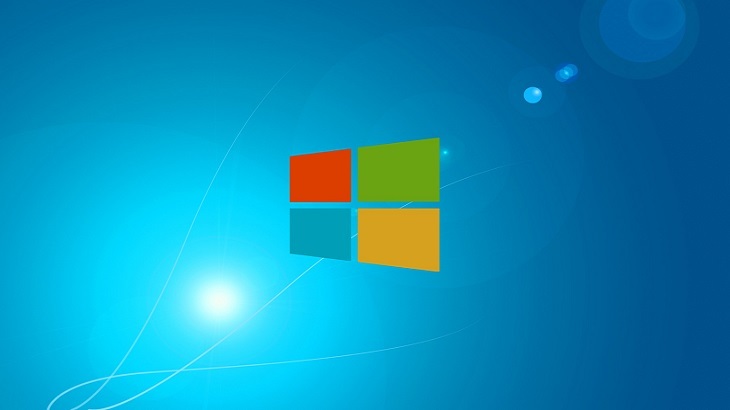Windows WaitList.dat File Has Been Found Storing User Data
Now, before anyone panics, there are two major things you must understand. First, this is only impacting Windows PCs with touchscreen capabilities. In addition, a user of this PC must have enabled the handwriting recognition feature. This feature generated formatted text from a person’s writings they used either by a stylus or the touchscreen. If you do not have a touchscreen PC, or you do but have never enabled the feature, you do not need to be concerned about this warning.
If you do, however, you should read on.
All About WaitList.dat File
When a user enables the handwriting recognition feature, the handwriting has to be converted to text. This conversion feature has been added in Windows 8, which means the WaitList.dat file has been around for years. The purpose of this file is to store text to help Windows improve its handwriting recognition feature by withholding the ability to identify which words users use more frequently.
Now if that was all that was happening, it wouldn’t be so bad. But, once this handwriting recognition feature is enabled, it allows all text-based documents to be stored on the WaitList.dat file. To be clear, this includes all text documents and emails that are indexed by the Windows search bar feature.
This means, if a user stores all of their user names and passwords in a Word document (which you should never do), it is now stored in this WaitList.dat file too. This doesn’t become an issue until unauthorized access penetrates the PC, whether that is in the form of a person or malware. It is then, they could extract the WaitList.dat file and have all of the users most important data.
To prevent any issues, users are encouraged to delete any files on their computer that include personal information. This includes data such as banking information, usernames, passwords, social security numbers, birthdates, etc.



